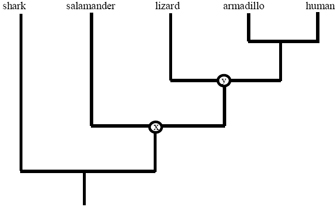| Characteristics of Life | History of Life/Life Functions | Classification | Cell Organelles | Cell Membrane |
| 5 | 5 | 5 | 5 | 5 |
| 10 | 10 | 10 | 10 | 10 |
| 15 | 15 | 15 | 15 | 15 |
| 20 | 20 | 20 | 20 | 20 |
| 25 | 25 | 25 | 25 | 25 |
| Final Question | ||||


Viruses act as an infectious agent. They cause a variety of diseases. Viruses cannot produce more viruses on their own, but cause the host organism to replicate more viruses. Most scientists do not consider viruses to be alive. A valid reason for accepting that viruses are nonliving things is that
- no living thing can cause a disease
- viruses are inorganic molecules
- viruses contain all of the material needed to reproduce
- viruses cannot carry out reproduction independently

Viruses act as an infectious agent. They cause a variety of diseases. Viruses cannot produce more viruses on their own, but cause the host organism to replicate more viruses. Most scientists do not consider viruses to be alive. A valid reason for accepting that viruses are nonliving things is that
- no living thing can cause a disease
- viruses are inorganic molecules
- viruses contain all of the material needed to reproduce
- viruses cannot carry out reproduction independently
4. they cannot carry out reproduction independently

Design a controlled experiment to determine the effect of red light on plant growth. In your experiment, be sure to include:
A hypothesis (If...then...)
A control group
Your independent variable
What data you would collect
If I expose plants to red light then they will grow taller.
Plants exposed to regular light
Light color
Height of plants

What Would You Like To Risk?

|
|
|
|
|
||||||||||||||||||||||||||||||
|
|
|
|
|
||||||||||||||||||||||||||||||
Review Game Info:

You must save this address to be able to find and share your game!











